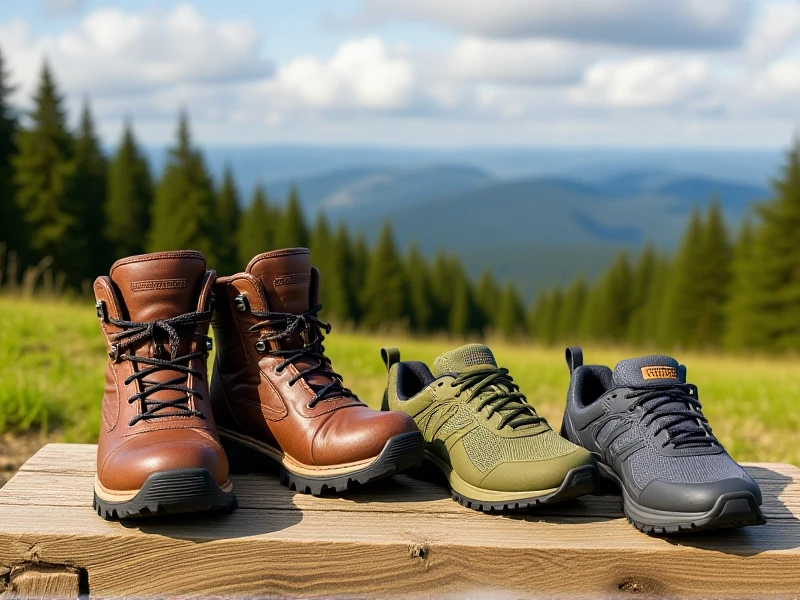
Crush Rough Terrain: Your Trail Running Shoes Buyers Guide
Forget pavement—trail running unlocks rugged peaks, root-covered forests, and muddy riverbanks. But conquering nature demands specialized footwear. Choosing the trail running shoes that match your adventure profile prevents slips, rolls, and frustration. Here’s what separates them from road shoes and how to find your perfect grip.
Why Trail Shoes Aren't Road Shoes
Regular running kicks falter off-road. Trail running shoes prioritize three things road shoes neglect:
- Aggressive Traction: Deeper, multidirectional lugs bite into loose dirt, sloped rock, and wet surfaces. Vibram® Megagrip or sticky rubber compounds resist sliding.
- Protective Plates: Rock plates shield your soles from sharp rocks, while reinforced toe caps guard against stubs.
- Stable Footbeds: Wider bases prevent ankle twists on uneven ground. Lower stack heights offer ground-feel for technical terrain.
Key Features Worth Exploring
- Torsional Rigidity: For moderate to technical trails, firmer midsole torsion control enhances stability over obstacles. Flexible models suit smoother paths.
- Cushion Level: More foam = comfort on longer runs. Minimal cushion = agility on steep climbs. Match terrain aggressiveness.
- Water Drainage: Grab shoes with ventilated mesh drainage ports if crossing streams. Prefer sealed uppers (e.g., Gore-Tex®) for wet climates.
- Gaiter Compatibility: Secure fabric covers on dusty or snowy trails with integrated hook tabs.
Picking Your Priority: Grip or Speed?
Need to bomb rocky descents? Prioritize Vibram® lugs, meta-rocker tech, and heel crash pads.
Focusing on fast-and-light fire roads? Opt for moderate lugs and responsive foam (e.g., EVA blends).
Pro Tip: Test your shoes’ fit loaded! Your feet swell mid-trail. Ensure ample toe space (1cm extra), a secure midfoot wrap, and no heel slip—even when tired. Replace shoes every 300-500 miles; mountain terrain eats soles faster.
Final Trail Check
- Know Your Surface: Mud wrestling? Choose widely spaced deep lugs. Hardpack dirt? More compact lug patterns suffice.
- Sock & Lacing Synergy: Pair with neoprene trail socks to prevent friction blisters. Lock laces with heel-lock loops.
- Evaluate Tradeoffs: Ultra-lightweight models compromise cushion; weatherproofing adds weight. Match your #1 priority.
Whether tackling granite scrambles or sandy trails, specialized trail running shoes are non-negotiable. They handle punishing ground while helping you harness thrill. Now—lunge into unknown trails knowing your gear offers nose-to-tail toughness.
P.S. Still unsure? Seek runner-first brands like Hoka Speedgoat, Salomon Speedcross, or Altra Lone Peak—tested where elevation battles meet muddy glory. Your vert awaits! 🔥⛰️🗻